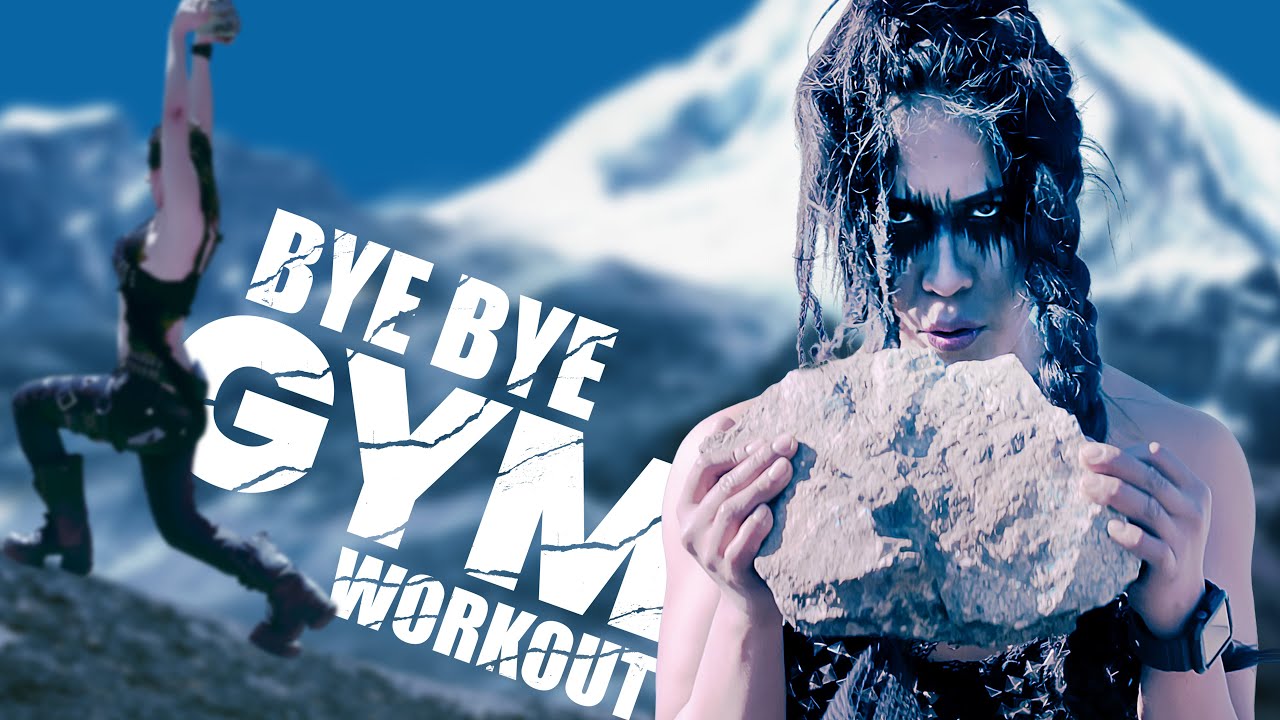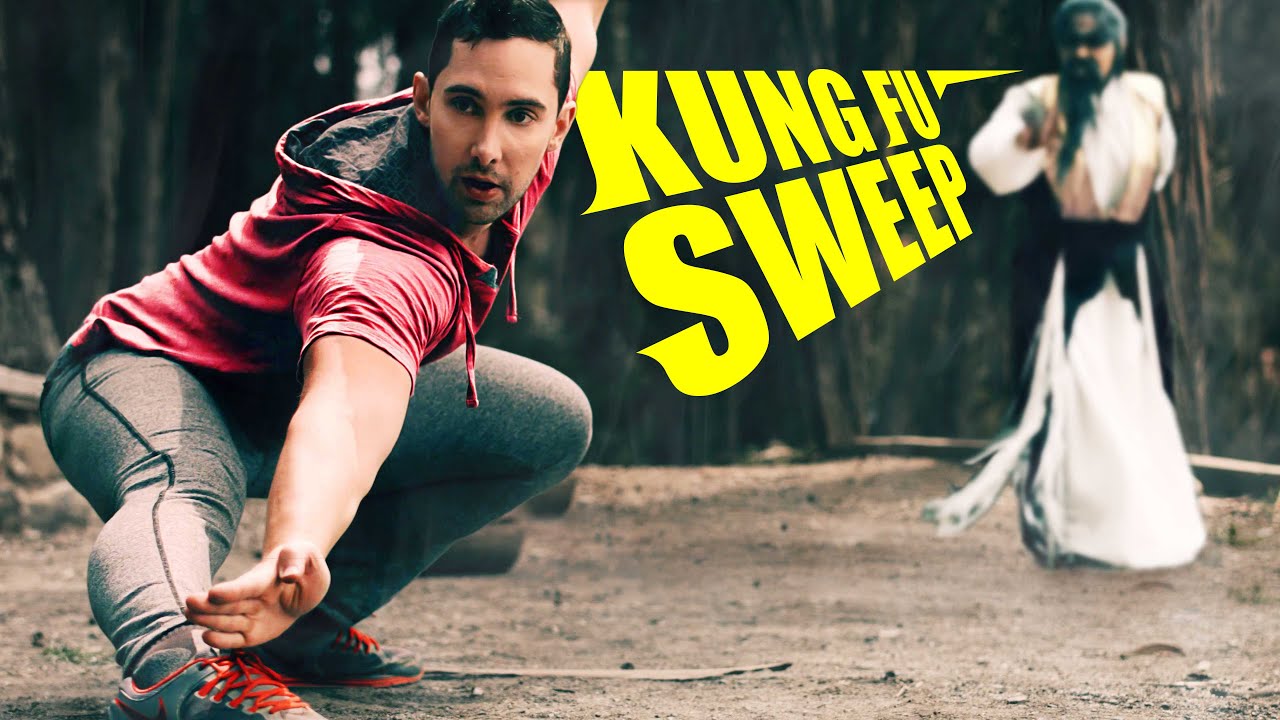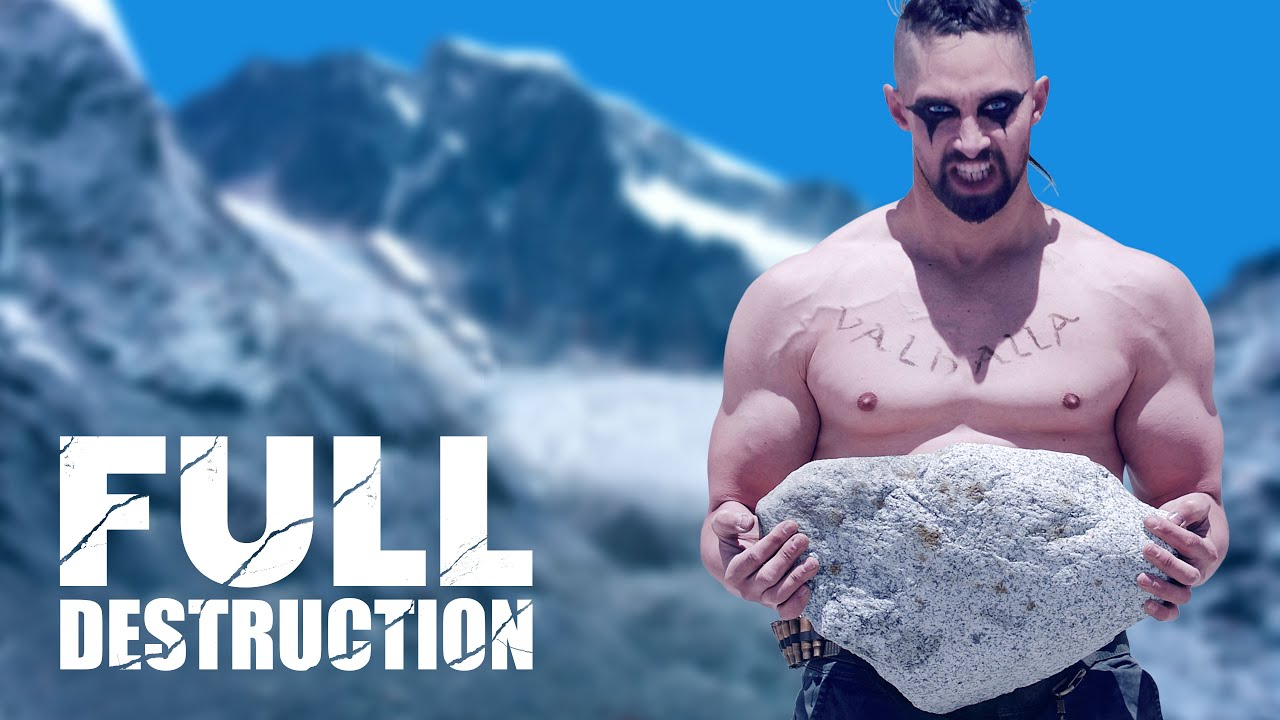The Back Muscles
The back muscles are the muscles on the back of your upper body and do the opposite of the pectorals and the abdominals. When you train your chest muscles, you press something away, and when you train your back muscles, pull something towards your chest => Barbell Row, Chin-Up etc. When you lie down on your back and do a crunch, you train your abdominals. To work your lower back muscles, lie down on your stomach and lift your chest from the floor or do barbell deadlifts. Find the best back exercises in the exercise- section of this article. For more exercises and information about other muscle groups, check out weight training main.




